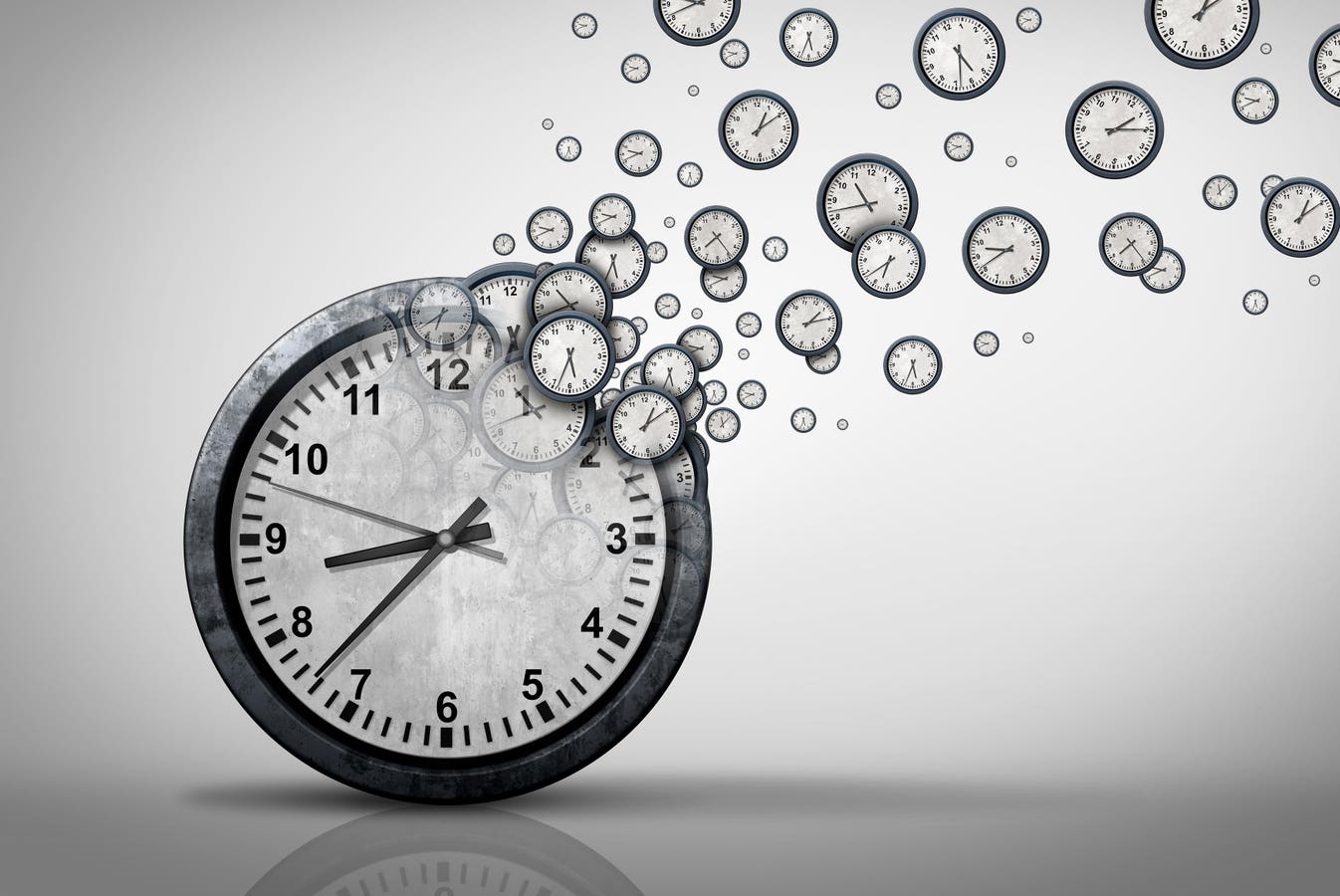We age along two clocks: a chronological clock and a biological clock. The former is just a measure of how many birthdays you have celebrated — the age on your passport or driver’s license. The latter, on the other hand, gives a picture of your true age at the biochemical level, with important implications for health and overall well-being. The two don’t always align: some people may be biologically “younger” than their chronological age would suggest, and others, older.
So-called “epigenetic clocks” help scientists track the discrepancy between chronological and biological age. But most of these clocks are built on data gathered from the blood, which limits their accuracy to blood samples. Now, a small team of researchers has created a new epigenetic clock modeled on cheek swabs. Published in Geroscience, their findings offer a non-invasive approach to predicting a person’s biological age. Results gathered from the cheek swab can be used to design health interventions on a case-by-case basis, known as precision medicine.
Epigenetic Clocks: How Do They Work?
Every person has their own particular genome, or the entire set of DNA found in their cells. This DNA is fixed, handed down to them by their parents. But although a person’s DNA sequence itself won’t change over the course of their life, the way in which it is expressed will. This is called epigenetics. Essentially, changes that happen “on top of” your DNA that affect the way your genes operate. Think of it like a software update on a computer; although your computer’s hardware hasn’t changed, it now behaves differently from before. Epigenetic changes are spurred on by behavioral and environmental factors, including diet, exercise, exposure to pollution, and so on.
One of the central mechanisms of epigenetic change is called DNA methylation, which happens when chemical methyl groups are added to DNA. By attaching themselves to a section of DNA, these methyl groups act like “on” or “off” switches, governing whether genes in that section are expressed. Since these changes don’t impact the DNA sequence itself, they are technically reversible.
The key to understanding epigenetic clocks is the discovery that DNA methylation is correlated with age. The DNA of people of similar chronological age is methylated in similar places. This means there is a predictable pattern to the way our DNA is methylated that can be traced through time. In a sense, the methylation patterns are like numbers on a clock that we have slowly learned to decipher. By understanding these patterns, we can predict a person’s age just by looking at a snapshot of their epigenome.
Certain people may have a DNA methylation pattern that runs ahead of their chronological age — their DNA looks “old” for their age. This is called epigenetic age acceleration. And of course, there are also the lucky ones whose DNA looks “young” for their age.
What’s Special About This Clock?
The first wave of epigenetic clocks, which sprung onto the scene in 2011, were built exclusively on DNA methylation patterns. Researchers collected DNA samples from a large number of individuals and then created a statistical model to correlate methylation patterns with chronological age. The better the model, the closer the overlap between predicted and chronological age. Once the model had been fully tuned, it could be unleashed on DNA that it hadn’t seen before to offer a predicted age value.
Newer epigenetic clocks have started to include additional biomarkers of health and age beyond DNA methylation patterns. This allows researchers to gain a more nuanced understanding of why a person’s predicted age may be higher or lower than their chronological age.
So what makes this particular epigenetic clock special?
Most epigenetic clocks, including the newer ones, are designed based on data derived from blood samples. Since these clocks are optimized to work with blood, their accuracy drops when combined with less invasive sampling methods like cheek swabs or saliva. This makes them inconvenient for at-home use.
To overcome these issues, the researchers behind this new clock specifically trained their predictive model on data collected from cheek swabs. Using state-of-the-art computational techniques, they also incorporated lifestyle and health information into their model. The result? An accurate and highly reproducible cheek-swab clock that can easily be used in home settings to give people an overview of their biological age.
As with any model, its accuracy depends on the data it is fed on. If you don’t have any samples from children, for example, your model won’t know what to make of the information — it hasn’t been trained to deal with it. To minimize this issue, the researchers put together a diverse cohort of 8000 volunteers. These ranged in age from 18 to 93, with a near-even split between sexes. They also made sure to pull volunteers from different ethnic and economic backgrounds.
Implications And Takeaways
The birth of the concept of “biological age” has come with an explosion of sleek startups promising to reveal people’s real age through the use of epigenetic clocks. But novelty aside, it’s unclear what these tests provide that other metrics of health — blood pressure, weight, cholesterol levels — don’t already tell us.
Steve Horvath, a geneticist at UCLA and one of the pioneers of epigenetic clocks, shares a similar doubt. Speaking to The Guardian, he mentions that “[c]urrently these clocks are not useful for the average person because we don’t have an intervention to slow ageing. Let’s say a medical doctor orders an epigenetic clock test, and it indicates a patient is older than they should be, what should the doctor say? There’s no cure they can prescribe.”
Still, the clocks have helped validate what longevity researchers have been saying for decades: eat well, exercise often, and make sure to get enough sleep. And yes, smoking is still bad for you. Alcohol, too. So although epigenetic clocks like the one developed in this study don’t provide an “immediate cure”, they can help inform important lifestyle decisions that, over the span of years, improve health.
Read more articles at www.williamhaseltine.com
Read the full article here




